Times Directors Cleverly Withheld Information To Create Genuine Reactions
Professional actors have an incredible ability to take on a broad range of emotions from fear and shock to happiness and silliness. That, in short, is their job – alongside memorizing a lot of lines. Although plenty of actors are skilled at it, sometimes it’s hard to fake a particular emotion because it requires a high degree of spontaneity.
For example, if you know in advance that you’re supposed to act scared, that takes away some of the spontaneity and authenticity of how one reacts when they’re actually frightened. To get around that limitation, some directors have withheld information to try and genuinely scare (or surprise, or shock) their actors. Let’s take a look at some of those genuine reactions.
Luc Besson Directing "The Fifth Element"
In Luc Besson’s 1997 film The Fifth Element, the actor Gary Oldman played the villain Zorg. Tasked to retrieve precious stones from the perfect being Leeloo (played by Milla Jovovich), Zorg was known for his outlandish costume and evil ways.
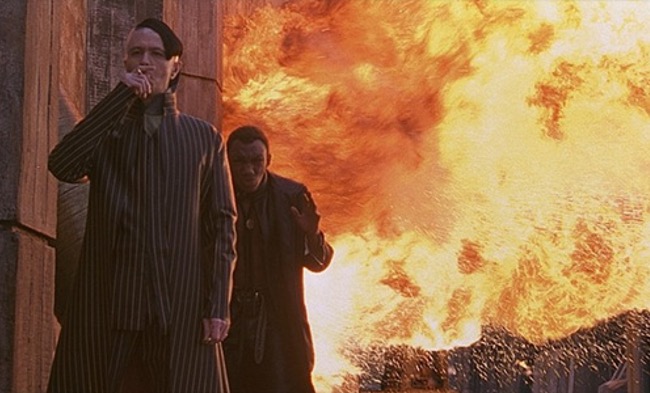
He was also known for one particularly explosive scene. The director Luc Besson wanted to really bring out the fear in Zorg and his henchmen, so he wasn’t entirely upfront with how powerful the explosion was going to be. It ended up burning part of Gary Oldman’s costume.
Steven Spielberg's Technique on "Close Encounters"
In Steven Spielberg’s 1977 film Close Encounters of the Third Kind, the child actor Cary Guffey (only age three at the time) played Barry Guiler. The film – as anyone who has seen it knows – is about contact with extraterrestrials.
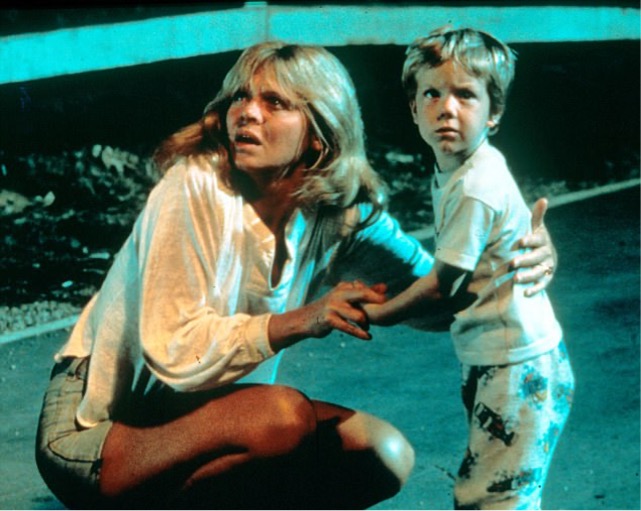
Now, that can be pretty scary stuff. So, Spielberg wanted Guffey to show that fear in the film. Off-set, he tried everything from dressing up crew members as gorillas to bringing out toys to try and scare him. Spielberg wanted genuine reactions and, eventually, he got them.
David Fincher Shocks John McGinley in "Se7en"
In the 1995 film Se7en, actor John C. McGinley played the character California. In one memorable scene, McGinley leaned over to inspect Sloth, a notorious drug dealer who was one of John Doe’s victims. McGinley expected a dummy corpse, but he got something else.
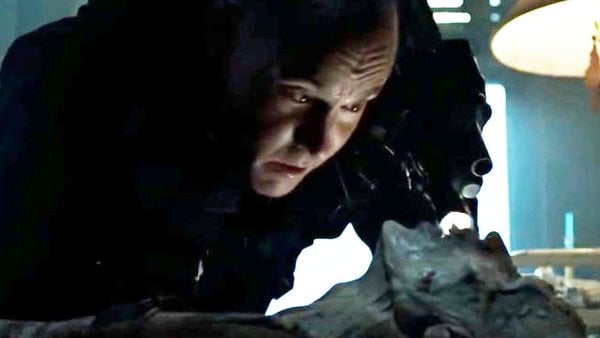
The director David Fincher wanted a genuine reaction of real fear. So, he swapped out the inanimate corpse for a living actor with a lot of makeup. When Sloth wakes up, McGinley is shocked – genuinely shocked. Luckily, they caught the reaction the first time around.
Gore Verbinski's Surprise in "Dead Man’s Chest"
In Gore Verbinski’s 2006 film Pirates of the Caribbean: Dead Man’s Chest, there is a special surprise at the end. As the second installment of the Pirates series, it picks up where The Curse of the Black Pearl left off.

One particularly memorable character – Captain Barbossa (played by Geoffrey West) – was brought back at the end of the film. When Barbossa walked down the stairs, the actors showed genuine surprise because they weren’t told who would be coming back. That part of the script was kept secret.
Terry Jones Directing "Life of Brian"
In Terry Jones’ 1979’s film Life of Brian, the Monty Python crew (John Cleese, Michael Palin, and Eric Idle among others) brings the laughs with a satirical story of Jesus’ next store neighbor: Brian of Nazareth.
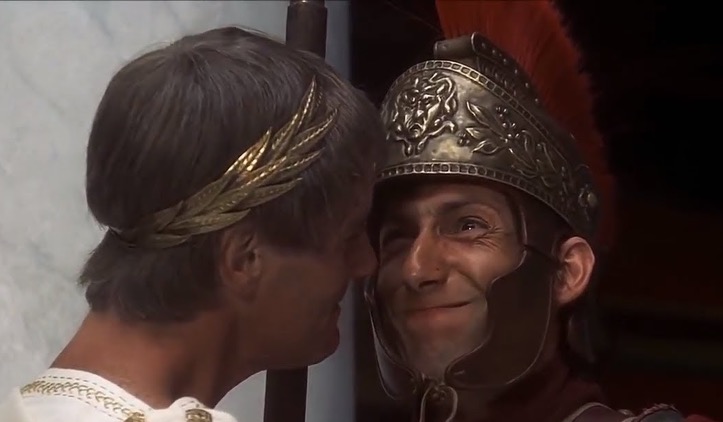
In one famous scene, extras were brought in to play soldiers as a faux-Caesar rattled on in a speech. The extras were told not to laugh, but as the speech went on and on with silly names, that become increasingly impossible. Their laughs were genuine.
Jon Favreau Teases Will Ferrell in "Elf"
In Jon Favreau’s 2003 film Elf, comedian Will Ferrell plays an out-of-place and oversized elf who travels to New York City to get to know his biological father. During that hilarious adventure, we learn about his life making toys.
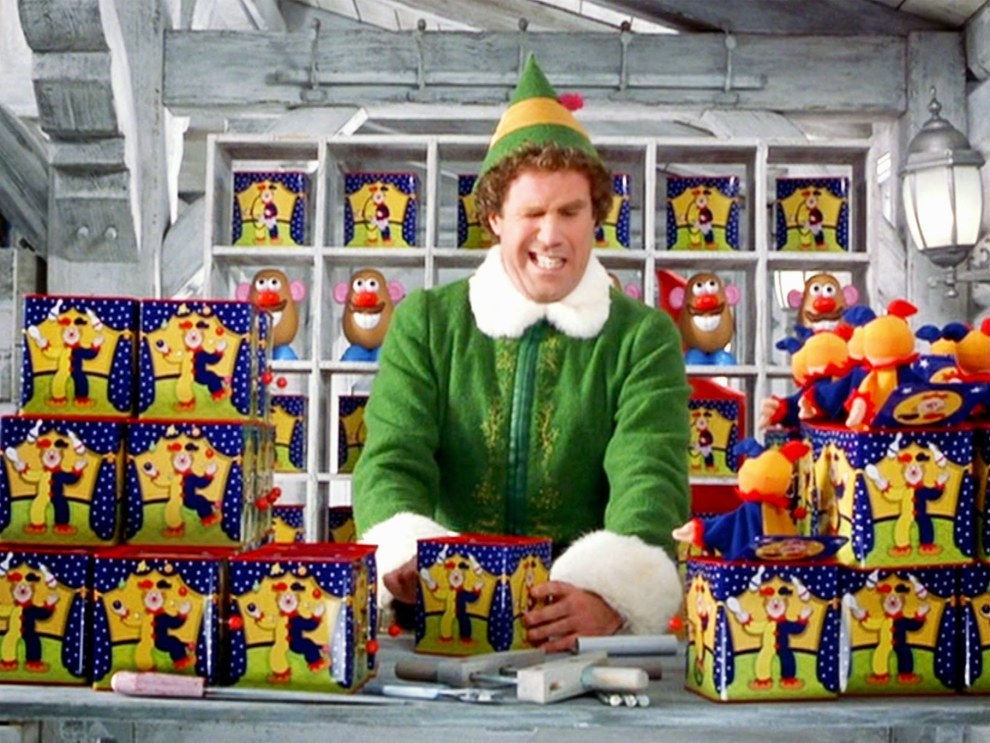
For the scene where Ferrell winds up the jack-in-the-boxes, Favreau wanted a genuine reaction. Rather than asking Ferrell to try his hardest, Favreau controlled a remote that made the clowns pop out of the box unexpectedly. The result is hilarious.
Tobe Hooper Scares The Actors in "Texas Chain Saw Massacre"
In Tobe Kooper’s 1974 film The Texas Chain Saw Massacre, there were plenty of terrifying scenes – both for the audiences and the actors themselves! As the story goes, five friends investigate a house in rural Texas, only to find a creature known as Leatherface (played by Gunnar Hansen).
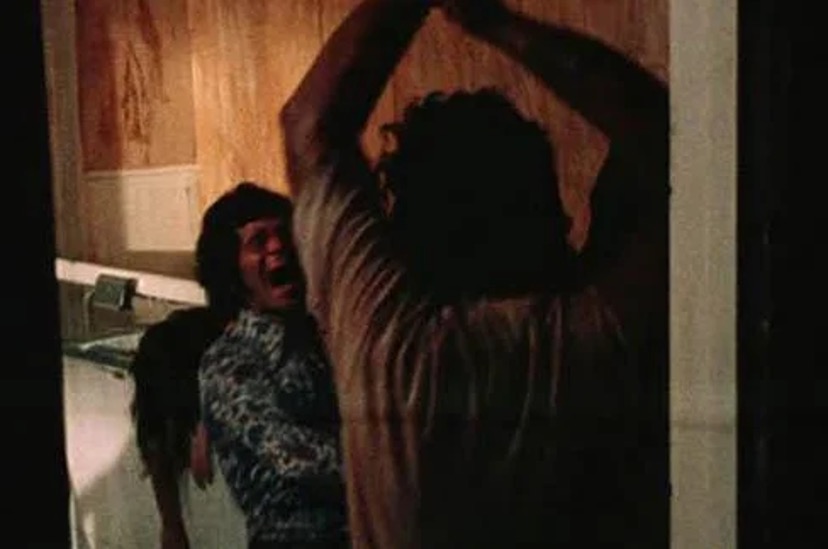
In order to make the fear of the cast genuine, director Kooper didn’t let the cast see Leatherface’s costume. The first time they saw the brutal killer was on camera. Allen Danziger’s scream was absolutely real.
Andrew Davis Creates Real Frustration in "The Fugitive"
In Andrew Davis’ 1993 film The Fugitive, actor Harrison Ford plays the role of Dr. Kimble, a man falsely accused of murdering his wife. Shortly after the murder, Dr. Kimble is brought in for interrogation. Rather than acting frustrated, Davis relied on something else.
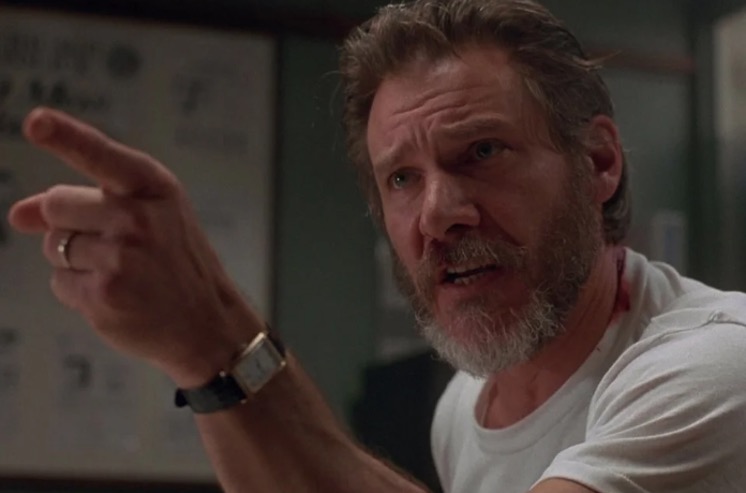
His goal was to make Harrison Ford actually frustrated. Davis did that by not giving Ford any script with words to remember. When the police battered him with questions, Ford had to come up with the best answers he could – which created a scene of genuine frustration.
Ridley Scott's Surprise in "Alien"
In Ridley Scott’s 1979 sci-fi film Alien, a spaceship crew – Sigourney Weaver, Tom Skerritt, John Hurt, and others – is set to investigate a dangerous alien. To build a sense of genuine fear, director Scott withheld some important details from the cast.
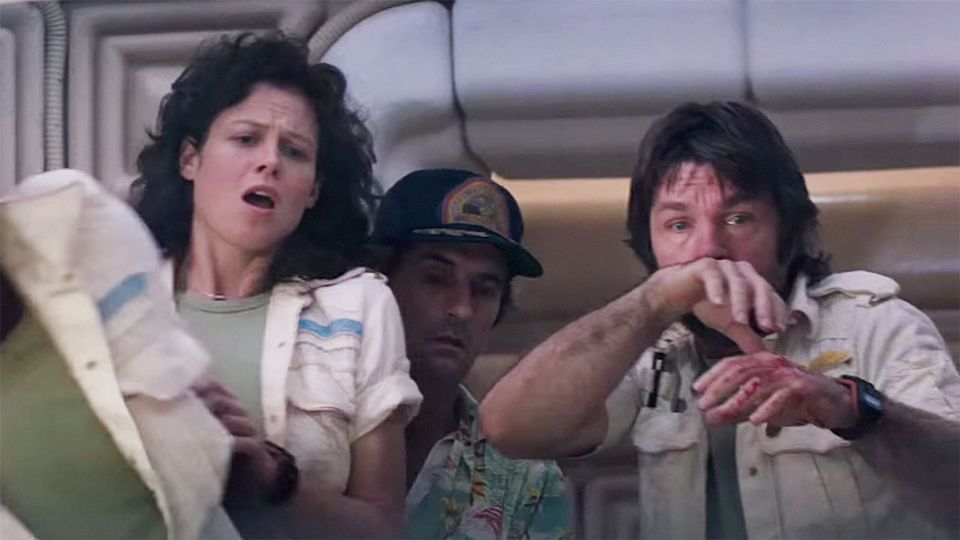
For example, the chestburster scene. Scott didn’t tell them anything about it. When the alien life-form finally burst out of Kane’s chest, the shock on everyone’s faces was genuine. In fact, it was so shocking to actor Veronica Cartwright that she literally fainted.
John McTiernan Tricks Alan Rickman in "Die Hard"
In John McTiernan’s 1988 film Die Hard, the police officer John McClane (played by Bruce Willis) seeks to destroy German terrorists and save his wife. One of those terrorists, the mastermind Hans Gruber (played by Alan Rickman) meets an untimely death off the side of a building.
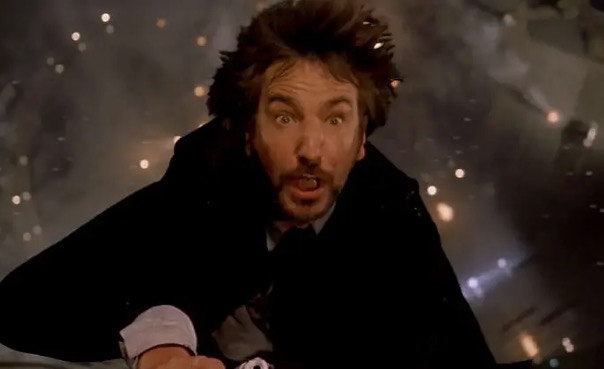
When filming the scene, director McTiernan told Rickman that he would count to three before the character falls. One, two – drop. McTiernan dropped him at two so he could get a genuine reaction of surprise and fear from Rickman.
